In the context of analysing images to find zones with movement, here's what I've got as an intermediate result, using opencv with python (assume these are 100% binary):
So my question is: is there a way to locate blobs of white with a specific "thickness" threshold ?
Here's what it could look like, roughly:
I've been looking for transforms and manipulations such as connected components and morphological transformations but those won't work and I can't quite figure out where to start other than that.

